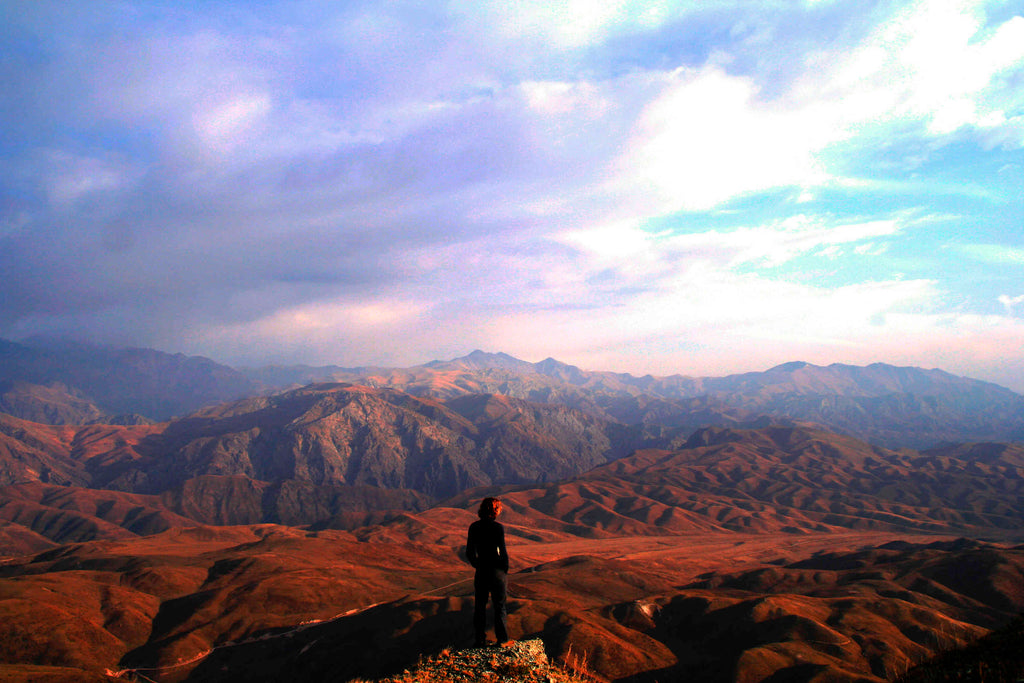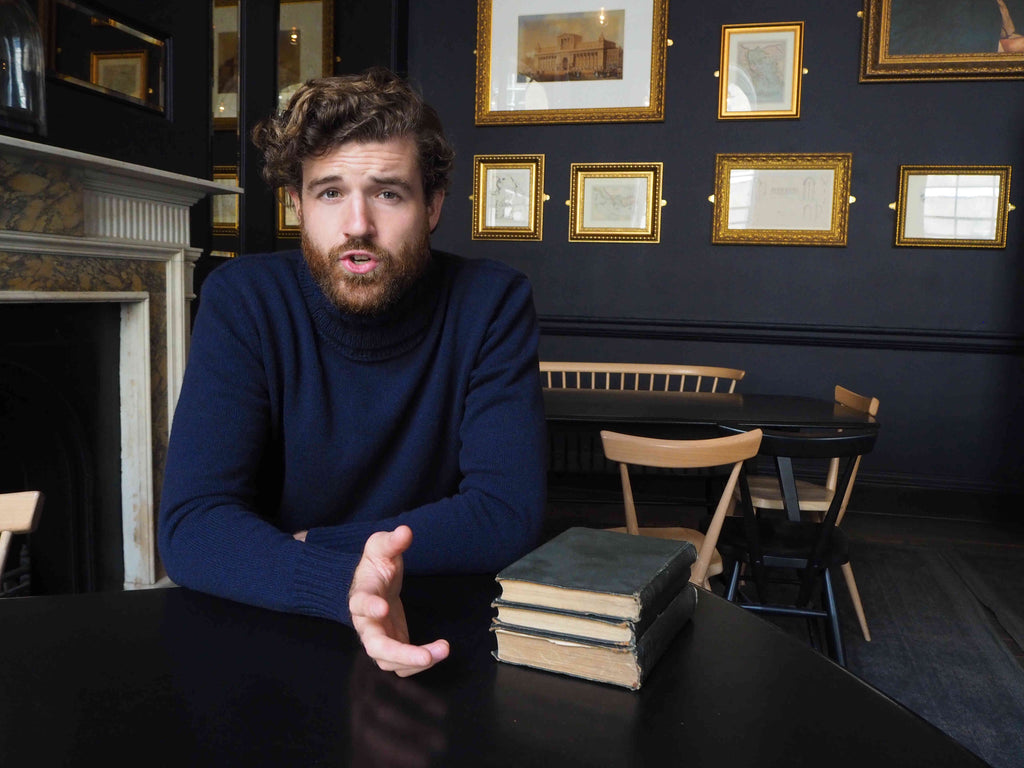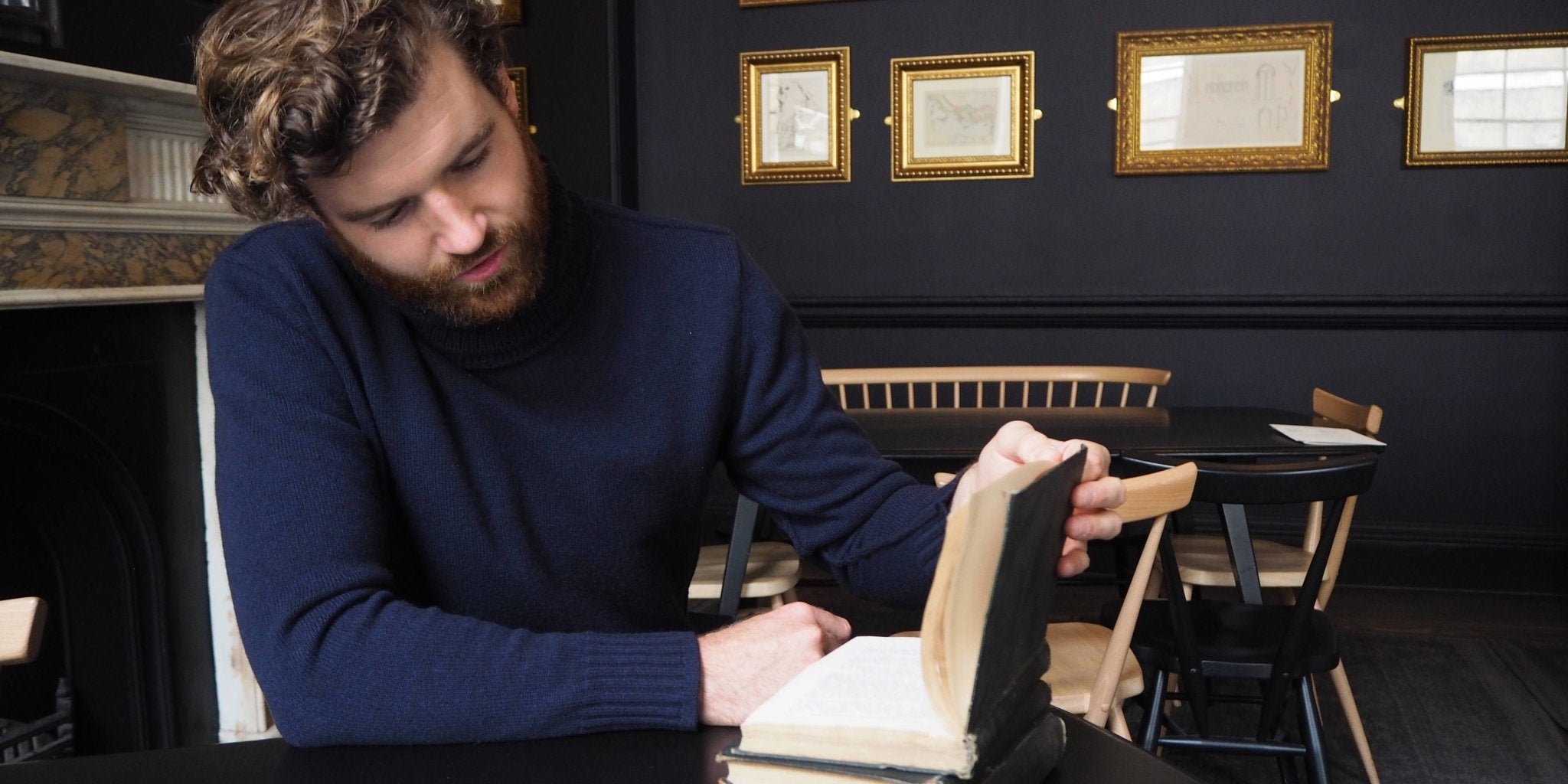June 20, 2016
I first met Charlie in Beijing mid-way through his four-year journey around the world by bike and horse. Last week we caught up in London to learn more about his plans to trace the line that divides Europe and Asia on an epic 5,600-mile triathlon.
What is the inspiration behind this latest expedition?
Over the past year I’ve noticed a rising tide of misunderstanding and stereotyping about “foreigners”. I think this has largely been triggered, or at least fed, by the rise in Middle Eastern refugees seeking asylum in Europe. I did a little research and realised that Europe and Asia are not technically distinct continents. Well, not tectonically at least. Together they form one vast continental plate and the border dividing them is purely an academic construct…a European one.
Herodotus first differentiated between Europe and Asia two and a half millennia ago and the position of their perceived dividing line has shifted back and forth over the centuries until being fixed in its current course a century ago. It has often been used as a way of reinforcing the exclusively European agenda of separating “enlightenment” from “barbarism”, “us” and “them”.
I want to travel the length of this line and, in doing so, find out what it represents, if anything, to those living along it. I want to know if they identify as European, Asian or neither. It will be an extremely challenging journey, and dangerous in parts, but it is fundamentally an exploration of perception, concept and cultural identity.
During your cycle and horse ride across Europe and Asia how obvious was that cultural transition from what we perceive as “European” and what we perceive to be “Asian”? Are those perceptions reality or simply tags to define people?
I’ve always found the transitions from place to place, regardless of where I’ve been in the world, tend to be slow, often imperceptible. Each country, region, town and even village usually has its own unique character. I have rarely found dramatic differences when travelling just a short distance from one place to another. The outward appearance may change but the basics will usually be the same. Similar social structures, similar priorities in life, similar struggles to survive and aspirations to thrive.
Europeans generally, even if only subconsciously, perceive Asians to be darker-skinned, followers of a different faith, poorer and more exotic than they are. However, many East Asians or Iranians, for example, have significantly lighter skin than the average Italian. The majority of Filipinos and South Koreans are Christian while the majority of Bosnia and Herzegovina’s population follow Islam. Several countries in the Middle and Far East are now firmly established economic powerhouses.

The first leg appears to be the most remote and challenging, particularly in winter. Do you plan to be entirely self-sufficient, or will you rely on locals for support?
We will be travelling on skis in the arctic winter and will need to carry up to two months of food and fuel on top of the rest of our kit. To manage this we will each be hauling a rudimentary sled. Initially we don’t expect to come across many people living in the places we will be traversing, so will be fully equipped to survive camping in the temperatures as low as -50°C.
What do you see as the expedition’s single biggest challenge?
The first leg, in the winter, will be the most physically challenging part but both my expedition partner, Callie, and I feel up to the task. The biggest challenge logistically will be getting to the start line on the coast of the Arctic Ocean where the Ural Mountains (which divide European Russia from Asian Siberia) begin. Vorkuta, the nearest town we can reach by regular transport is 120 miles away, so reaching the start-line will present enough problems!
Your last expedition was largely solo. Does the remoteness of this expedition make it prudent to partner with someone this time around? How do you and Callie know each other?
It really does. We will often be days from rescue if something goes wrong so two heads will definitely be better than one. Callie and I met in Tajikistan in 2012. We were both on solo bicycle tours around Asia. She had just spent a month in Afghanistan and was decompressing. I was working up the nerve to enter Afghanistan myself.
How can we monitor your progress during the expedition? It looks like you won’t have access to most common forms of communication for a large part of it.
We will be updating the blog whenever we manage to get access to the internet which will be increasingly frequent once we’ve progressed further south and have got the worst of the winter behind us. I will also be writing a monthly blog for Wanderlust magazine. We also plan to share photos and thoughts through Instagram (@followingtheline) and Twitter (@followingthelin…annoying they only allow 15 characters for twitter handles!)

What are the key lessons you’ve learned from previous expeditions that will be applied to this one?
Patience and perseverance. When things get tough I’ve learnt to break the greater challenge down into lots of smaller challenges that seem more achievable. Just make it to the next town, just get around that next bend in the river…that sort of thing.
I’ve also learned to take really good care of my body by paying attention to pain. Not exhaustion or discomfort but pain. If, for example, you feel a repetitive strain injury forming then alter your technique to alleviate the stress on that part of your body.
Perhaps the most valuable thing I’ve learned is to mentally occupy myself during long, boring and/or physically draining times. Memory games, word games or simply deep and thorough contemplation are great ways to pass hours whether alone or in company.
Will there be any yak involved this time around?
There are some yak among the herders in eastern Kazakhstan but sadly the part of the country we will paddle through is the far west. We won’t really be hitting the altitudes that yak require to survive. However, on my last big expedition I spent a lot of time in Kyrgyzstan, Mongolia and the Tibetan Plateau and enjoyed seeing how resourceful the local people are with their yak. They use everything: wool, bones, horns, milk, meat and even dung! I spent a lot of time in these high places during winter and was often extremely glad to have my Khunu Chimera which was fantastically warm and light. Hopefully I can get a new one before I set off!

Why did you choose to support and raise funds for Médicins Sans Frontières on this expedition?
It's an organisation that both Callie and I have long admired. Their work is completely apolitical and they look beyond the concept of arbitrary borders which is, after all, what Following The Line is all about.
Charlie is wearing a final prototype of our new Hemingway sweater, available soon to members of our Explorers Club. You can read more about Charlie's latest expedition here.







